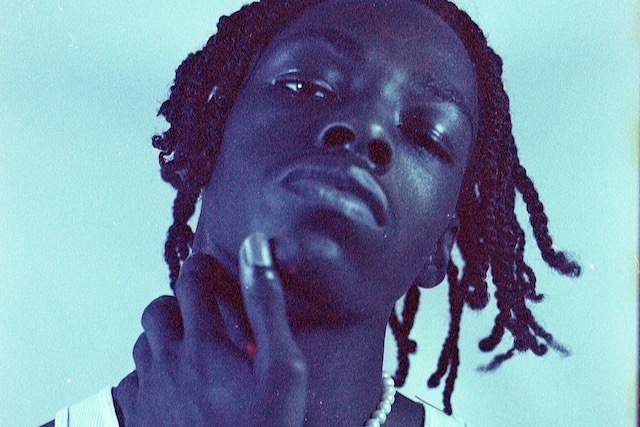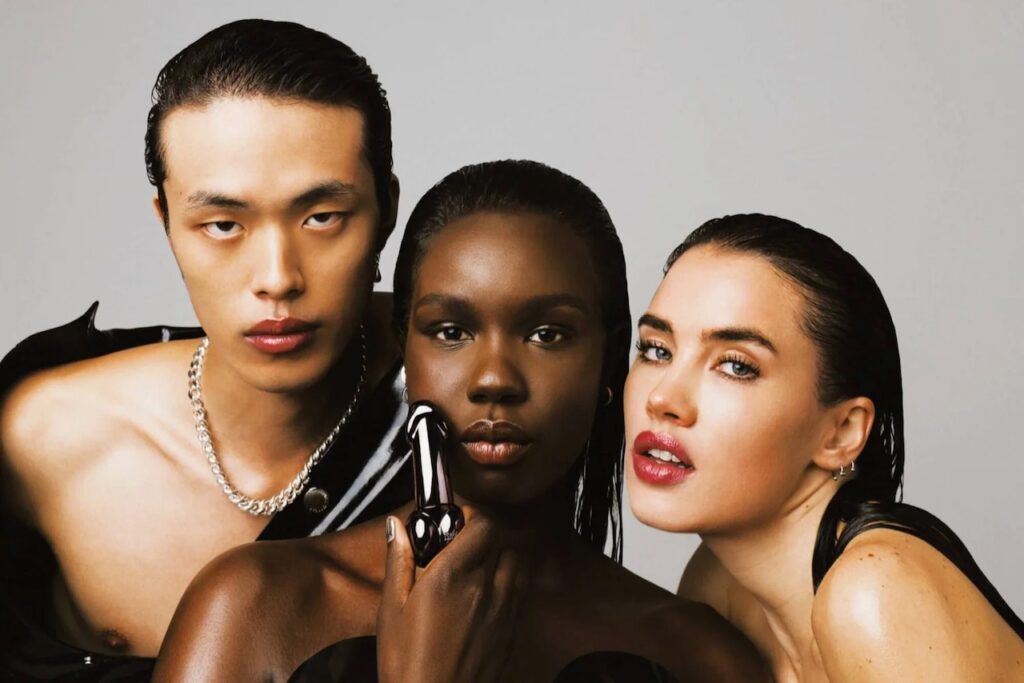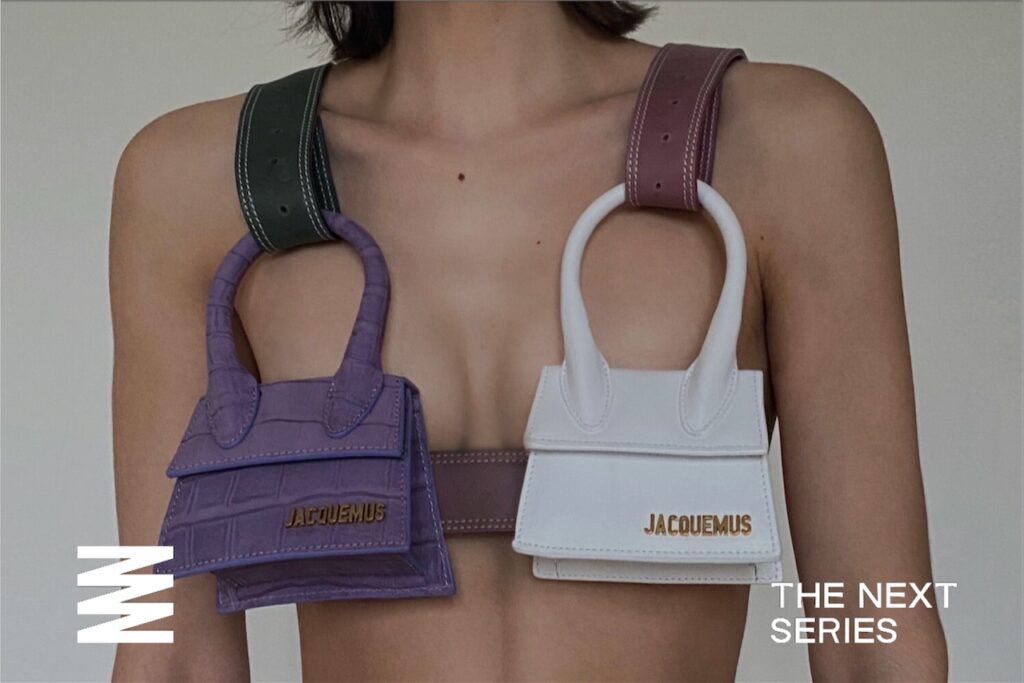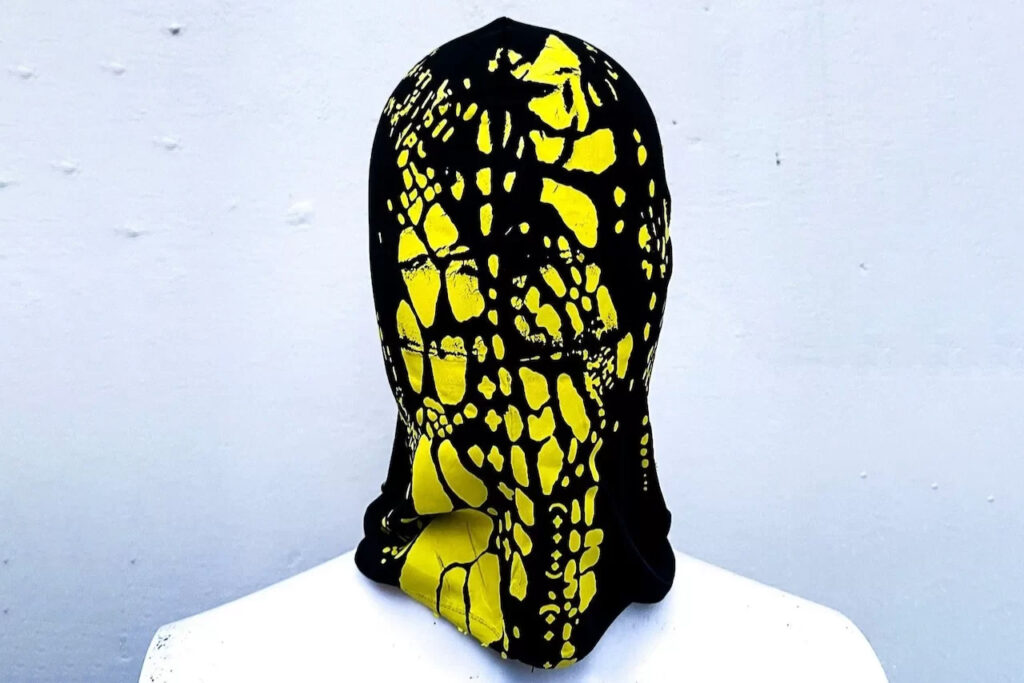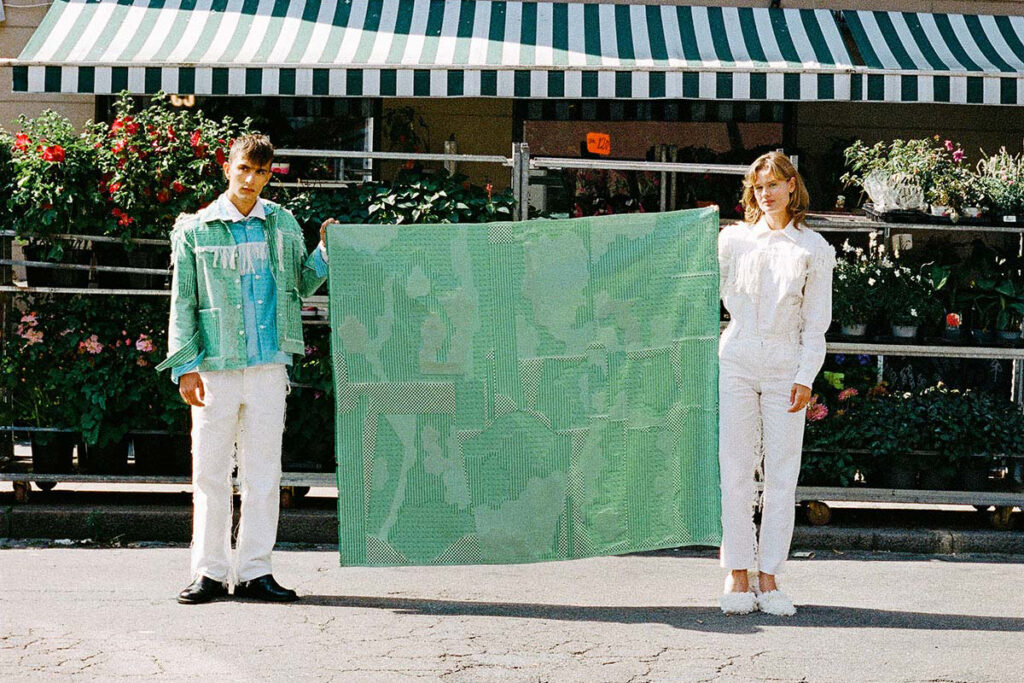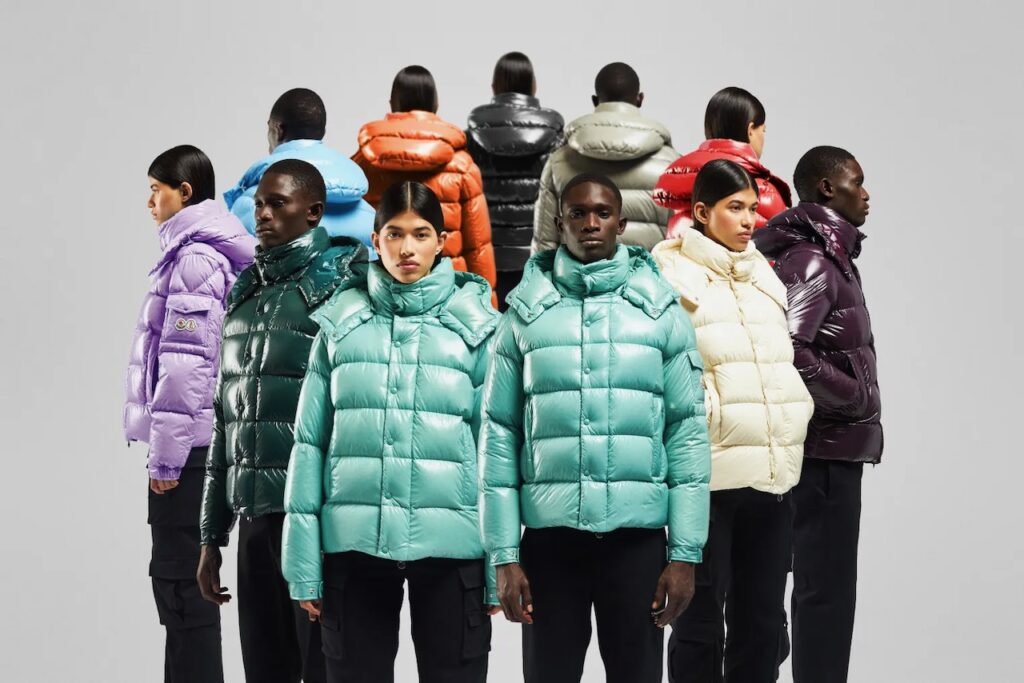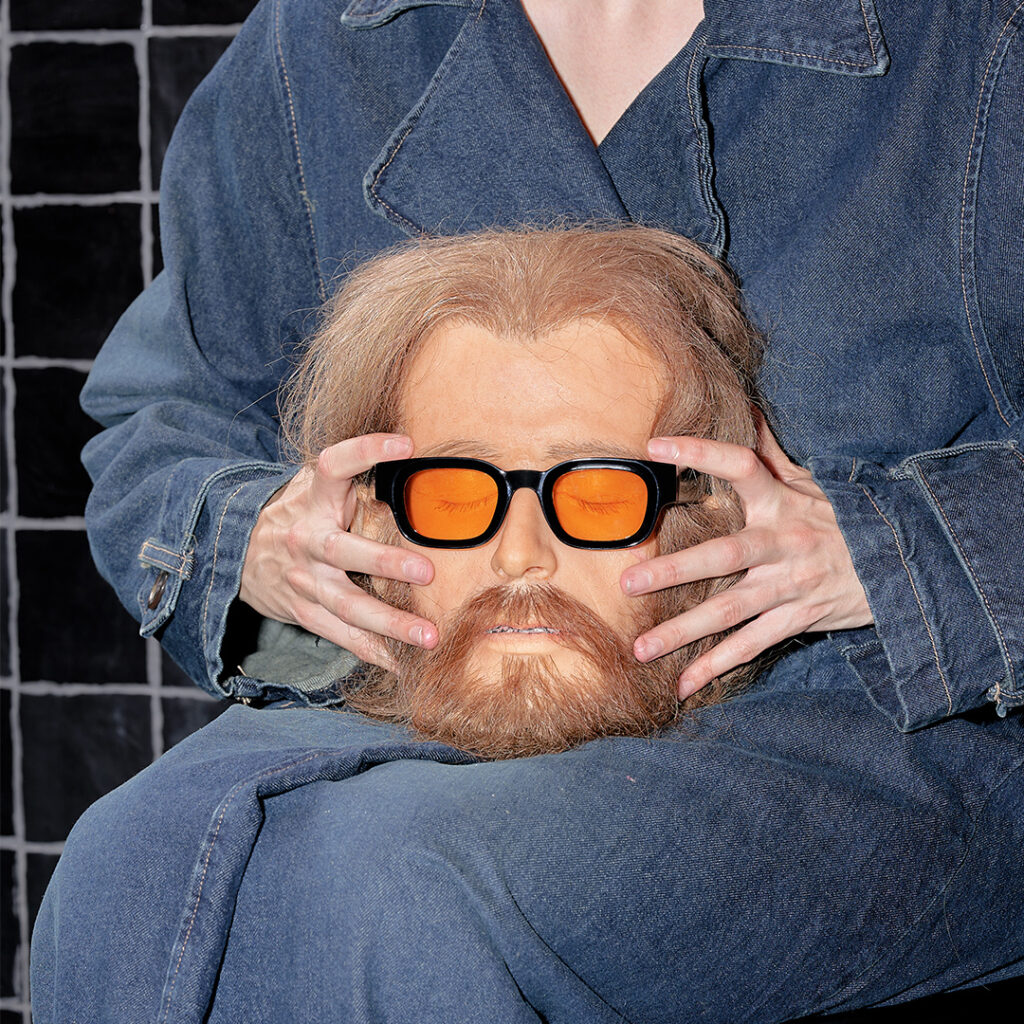Digital fashion is no longer a concept or an idea that a daring few are dipping their toes in. At this point in time, digital clothing is a full-on, raging reality. One can’t deny that digital fashion has gone from a niche, unimportant thing, to infiltrating most, if not all, aspects of fashion. From runway shows to fashion weeks, to digital fashion houses such as RTFKT or The Fabricant, virtual fashion is here, and it is not going anywhere. Taking into account that, like with anything in life, when you add a factor into the equation, oftentimes the result changes, what does this mean for fashion? Has digital fashion impacted the way we dress in real life?
We are very clearly experiencing a time where the values of individuality and self-expression are being prioritized and encouraged, and fashion plays a big role here. Whilst a decade or so ago it seemed as if half of society had made some sort of pact to dress in uniform – remember when everyone wore jeans, Uggs, white T or hoodie, or worse yet, that braided belt that was literally everywhere? -, nowadays the more you stand out, the better. Found a shirt in your grandma’s closet that she fixed up with funky patches? Perfect, you’re guaranteed to be the sole living creature with that garment. Individuality, and expressing it via one’s clothes has clearly been a trend on the rise for a couple of years now, but one can’t help but think that digital fashion might have played quite a significant role in exacerbating it, and taking it to the next level.
Digital fashion takes our style outside the contemporary boundaries of fashion design


One of the points that have been iterated over and over again in favour of digital fashion, is the idea of “you can be whoever you want to be”. By not being conditioned by the physical laws that limit us in the real world, digital clothes have allowed us to further explore the depths of ourselves with digital avatars. Playing with silhouettes, textures, and functionalities that we usually wouldn’t in real life, either because of a digital outfit being physically impossible, or simply due to us not daring to wear something as outlandish in public. After all, in their origins, digital clothes were almost exclusively geared towards videogames, and IRL no one wanted, or dared to, look like they were in a video game. Cue to Louis Vuitton releasing a League of Legends capsule.
You might be thinking, wait what? And yes, exactly, you read that right. Previously regarded as worlds apart, with less chance of mingling than water and oil, the gaming and the fashion industry are enjoying quite the fling with digital fashion. Cosplay was seen as the weirdest of things, now people use typically cosplay items as integral parts of their everyday outfits. Just think about the number of people wearing something like a harness daily, a piece of clothing previously reserved for the most part for fetish-related scenarios. Timothee Chalamet even wore a harness for the golden globes! Albeit bedazzled and highly upscaled, a harness nevertheless.
On that note, that’s another way in which digital fashion has affected the way we dress in real life. It has bizarrely, served as the coalescing element between daily and high fashion.

Digital fashion has “normalized” luxury brands and made them relevant again
Not only has digital fashion opened society up to being more creative and audacious with the way in which they express their individuality through their clothes, but it has also surprisingly bridged the gap between the exclusive and elitist world of high fashion and to us mortals. The funny thing about the world of digital clothing is that in the beginning, it was very much a niche market, with very few start-ups quite literally blazing the trail, Indiana-Jones-with-a-machete-in-the-jungle-style. Once these start-ups began generating buzz around virtual clothes, big brands with resources jumped on the bandwagon. The result is a peculiar industry that for the most part is dominated by start-ups, who typically have a more grounded audience, and huge fashion houses such as Gucci or Dolce&Gabanna whose products have traditionally been reserved for the highest spheres of society.
Digital fashion has been the golden ticket that has made luxury brands relevant among the youth again. A youth that is adamant on environmentally friendly practices, altruistic values, and fierce self-expression. A youth that, a few years ago might not have been so inclined to shop for their physical clothes in luxury stores. But now, thanks to high fashion’s take-over of streetwear, and penetration of the digital design realm paired with huge investments in virtual shopping experiences, these luxury brands have managed to position themselves in the mind of the young consumer once again. Gucci belts are the ultimate accessory and Burberry coats are back.
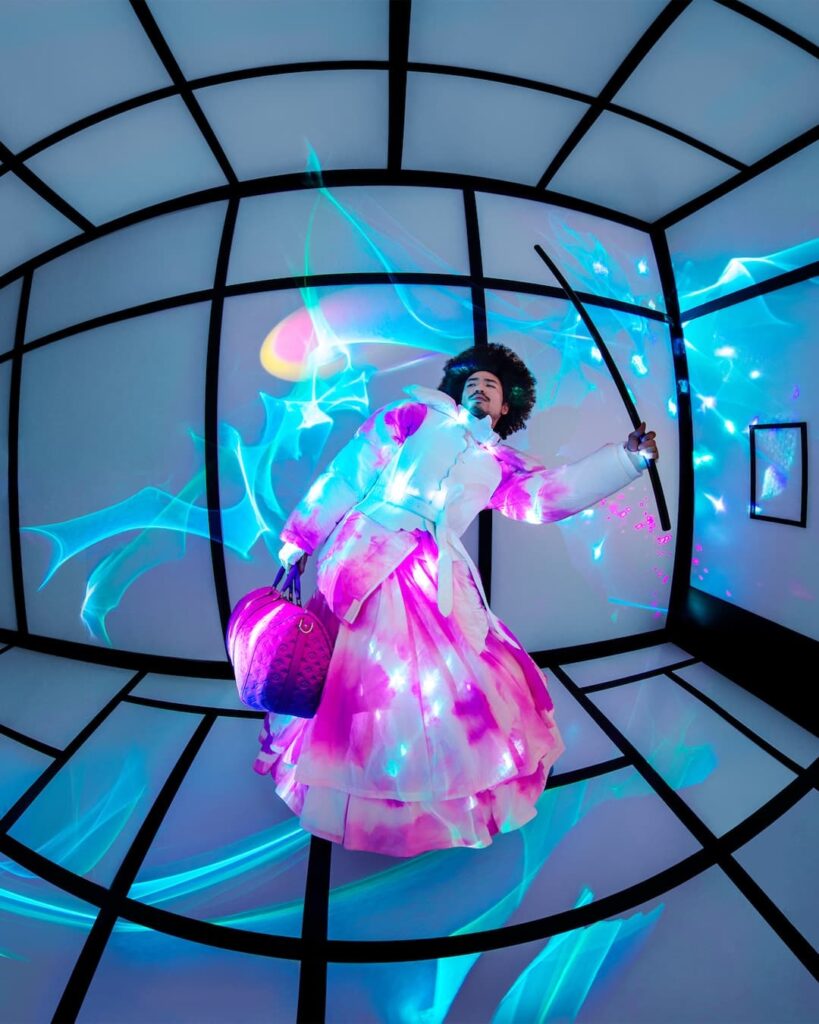
All in all, we think it’s fair to say that digital fashion has indeed affected the way we dress in real life. We have become increasingly undaunted by expired notions of how we ought to dress, and are actually taking the time to truly explore what clothes mean to us, and how we can use them as a tool for self-expression. Nothing is automatically out of consideration, however bizarre, luxurious, or crazy it may seem.
